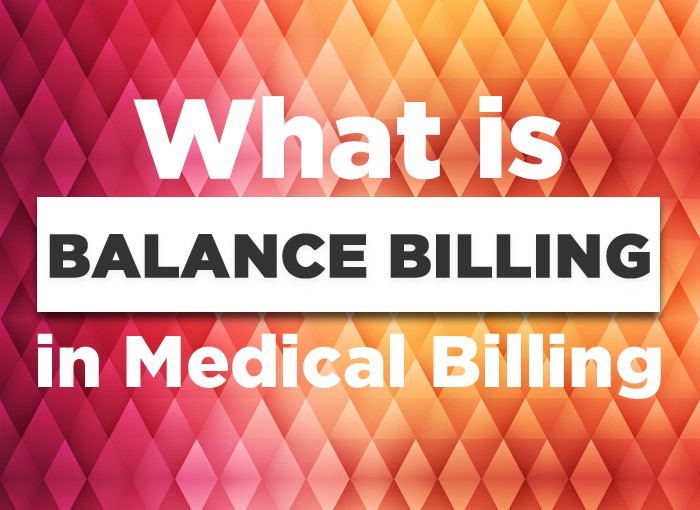What is Balance Billing in Medical Billing
Medical billing is a complex process with various types of billings, charges, and medical claims. However, it gets more complicated whenever a patient receives a surprise bill. This bill mentions the remaining amount that is not covered by the insurance payer. Since the patient is not aware of the legalities he/she is likely to confuse this remaining amount with the coinsurance or co-pay.
Definition of Balance Billing
In medical billing, the term balance billing refers to the practice where the health care provider bills the patient for the difference between the charged amount and the amount paid by both the insurance payer and the patient. The amount paid by the payer is called maximum allowable charge and the amount paid by the patient is called the patient’s deductibles (coinsurance or co-pay).
So, the formula for balance billing may appear something like:
Balance Billing = Total Amount Charged – (Maximum Allowable Charge + Patient’s Deductibles)
In other words, the amount charged for balance billing is different from coinsurance or co-pay and has to be paid by the patient only.
Understanding the Functioning of Balance Billing
Like other billing practices, balance billing holds a skeptical place in the health care industry. It is because balance billing as a billing practice is generally illegal. However, in a few cases, it is practiced legally. Therefore, it is vital to understand how balance billing works in the health care industry both as a legal and illegal practice.
Balance billing is considered to be illegal in three scenarios:
- When a Medicare patient visits a health care provider who is part of the Medicare network.
- When a Medicaid patient visits a health care provider who is part of the Medicaid program.
- When a patient’s health care provider has a contract with the patient’s health insurance network and bills the patient for the amount more than that contract allows.
This mean balance billing is considered to be legal in the following scenarios:
- When a patient is visiting a health care provider that doesn’t have a relationship or contract with the patient’s health insurance network (Medicare or Medicaid) or insurer.
- When a patient is getting medical services that aren’t covered by his/her health insurance policy. In this case, the patient is responsible to pay the entire bill despite the fact that his/her health care provider has a contract with the health insurance network.
- When a patient visits a health care provider falling outside his/her health insurance network.
Here, it is important to note that the rules for balance billing may or may not be similar in two or more states. It is because every state has its own laws to regulate health insurance companies which further regulate the practice of balance billing.
Reducing Balance Billing Errors
As mentioned earlier, balance billing is a challenging practice as it is bounded by various rules that may vary across states. Therefore it is advisable to outsource medical billing services from a medical billing company to avoid errors in balance billing. The medical biller provided by the company is aware of the legalities and holds expertise in balance billing.



